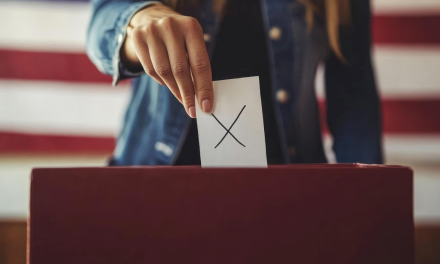Concerns in Tier 1 metro shoppers in India were becoming more comfortable with e-payments over cash or credit: study
In an online survey in India of 1,001 adults from October 12 to 15 this year the following Tier 1 metro areas of Mumbai, Delhi NCR, Chennai, Kolkata, Bangalore and Hyderabad, digital payments continued to grow as India’s economy emerges from the worst of the pandemic.
Some 60% of respondents cited having used digital payments (including e-wallets and UPI) multiple times per week for festive season purchases.
In the sample group, frequent usage (2–3 times per week) had grown from 57% last year, while only 6% percent of respondents had no intention of using digital payments this festive season, dropping from 9% a year ago.
The research by ACI Worldwide concludes that digital payments continue to be the payment method of choice for festive season spending, with 41% of respondents choosing it as their preferred payment method, comfortably ahead of cash (26%) and debit and credit card payments (23%). At the same time, data shows that concerns over digital payments fraud have decreased, with 24% of respondents identifying it as a concern compared to 30%. In line with this trend, the authors consider digital payments the most secure way to pay for one third (33%) of respondents, up from one quarter (24%) in 2020, and just behind cash-on-delivery (35%).
Additional findings and trends
In terms of payment and spending patterns, the following were observed through the data:
- Digital payments were the preferred payment method for 41% of respondents overall, rising to 50% in the 25–34 age group. The over-45 age group of respondents continued to divide their payment preferences between card payments and digital payments almost equally (35% and 33%, respectively).
- 19% used digital payments for purchases of Rs10,000 to Rs50,000 (USD$135–675) this festive season, in line with 21%. Only 4% made purchases exceeding Rs 50,000 (US$675), the same as last year.
- 57% continued to use digital payments for groceries and essentials, which remained the most common category for digital payment purchases. Nearly half of those surveyed used digital payments for apparel (48%) and electronics (47%), household appliances (43%) and homewares (41%).
In terms of consumer concerns and industry opportunities for digital payments:
- The worry has dropped across the board: failed transactions continued to remain a top concern for 41%, followed by data privacy (34%) and poor internet connectivity (30%). Some 14% had no concerns with digital payments at all.
- 69% of respondents felt digital payments offer greater financial transparency (better insights into how, when and what money is spent on) compared to other payment methods. Similarly, 69% thought digital payments offer better promotions, incentives, or cashbacks than other payment methods.
- 70% of respondents said that with the greater dependence on online shopping that developed during pandemic-related restrictions, they now preferred online to in-store shopping. However, 60% also said they looked forward to in-person shopping if adequate precautions (including social distancing) are in place.
According to Ankur Saxena, Country Leader (South Asia), ACI Worldwide: “It is encouraging to see the heightened trust in digital payments by Indian consumers, which is also corroborated by the month-on-month growth in transaction volumes, increased frequency of usage among consumers and use of digital payments for higher value payments. This reinforces the fact that digital payments are becoming an even more integral part of our daily lives, as India continues to shine as a global leader in real-time, digital payments.”
Saxena said that consumers, in continuing to seek the convenience of online shopping, are also looking forward to complementing it with in-store shopping experiences as pandemic restrictions ease. “This highlights how merchants and payment providers will have to account for many different customer journeys, which cross over traditional channels. Omni-channel payments will emerge as a major focus for retailers.”

















